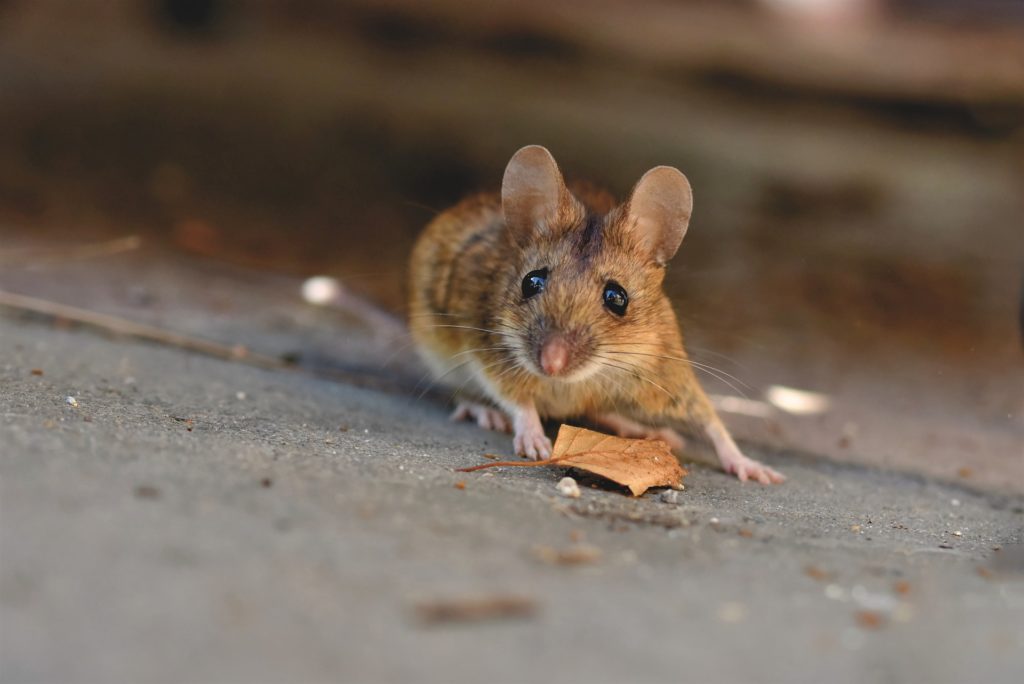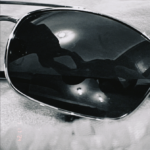A quick preface: In his junior year of high school, my father became frustrated with an English teacher who he felt had ceased trying when it came to teaching the class. A particular writing assignment near the end of the year drew his ire. “Pick a point and argue it.” In a fit of what I can only assume was momentary insanity, my father decided that he was going to either get an A+ or an F on the assignment and picked his point: Why is a mouse when it’s spinning? What followed was two pages of nonsense, resulting in the ultimate revelation that the answer to this question was “Because the more you twitch it, the much.” The paper received a B+, to my father’s everlasting scorn. Today, approximately 35 years down the road, I wish to examine this statement. As a self-proclaimed philosophy genius, I cannot help but imagine that this statement, nonsensical to the untrained eye, must be hiding some deeper meaning.
To start, let us examine the question itself. Of the five w’s of question asking, “who,” “what” and “where” can be discarded off the bat, as the question does not even contain the words. On slightly further examination, “when” can be cast aside as well because it acts only to marry the action of spinning to the mouse, rather than to in some way confer the question. That leaves us with one w: “Why?” Arguably the most open-ended of the five w’s, “why” begins to get to the nucleus of what makes this a most interesting question. We are not being asked to find an obvious answer. We are also not just being asked a “why” question; we are being asked a “why is” question. This is not just a matter of sifting through obscure theories, but rather of answering the question of existence.
Another important piece of this puzzle is the inclusion of “a mouse” rather than “the mouse” or some otherwise-specified mouse. This broadens the scope of the investigation, as we are now surely not trying to penetrate the psyche of a specific mouse that may have its own unique ideas about life and the act of spinning. Instead, we must look at mice in their entirety to interpret a true meaning. It may be simple enough to view the mouse purely in its physical form, but it is also important to consider the spiritual impact mice may have. In many Native American cultures, the mouse is a symbol of courage and perseverance. Other cultures associate the diminutive creature with focus and stubbornness.
The last critical part of this question is the verb, “spinning.” Interpretations of this gerund can vary. In one way, this could entail a mouse spinning around a center point, not unlike a Hallmark movie character in the snow. It could also refer to the exercise wheel many mice are granted as a form of enrichment in captivity. There are other interpretations, though, which are outside the purely physical world. What of a story being spun, implying the potential oral history of these majestic rodents? It could also be in reference to confusion, as one’s head spins when overwhelmed by thought, emotion, or information.
Now that the components of this question have been clarified, even if not to completion, let us take a step back. While all this analysis is well and good, one might suggest that this is a pointless endeavor, as the creator of this problem himself provided a solution: “The more you twitch it the much.” While this is a proposed theory, I am left unsatisfied. It seems plausible that my father was too close to his own creation. Like Robert Nozick, I believe that if my father revisited this question with the benefit of hindsight, he would find his conclusion wanting, as it did not consider some key pieces of the puzzle.
Why is a mouse when it’s spinning? It cannot just be answered by a simple “because” statement. While the addition of twitching to the equation is intriguing and worth delving into further, it does not quite get to the heart of the matter. Twitching is not the raison d’être of mice everywhere, especially not on the spiritual level.
At this point, I feel I must posit my own answer, as the act of tearing down ideas is quite easy but putting forward one’s own is where philosophy turns from criticism to growth. The answer to this question of mice and spinning is this: Rotating rodents are the foundation of learning.
Let me explain. As has been established, the spinning mouse is far from the literal, despite how cute it might be. Instead, we find the deeper meaning rooted in the spiritual associations of the mouse and one of the less-concrete interpretations of spinning. Simplified, the spinning mouse is a representation of perseverance through confusion. In that way I think it perfectly represents the experience of being a student in any facet of life. A student is not expected to know everything right off the bat; in fact, it’s quite the opposite. With ignorance comes an inherent confusion as new neural pathways are burned in our brains. A student—or in the case of this question, a non-mouse—without perseverance will not learn or progress through the confusion. A successful student, however, is one who can exist in that moment of confusion and still advance.
Looking back on the original question, we can then see the logic in my father’s response to his assignment. He was, in the moment, a willing learner, a mouse ready to be spun in a class that was not giving him fulfillment. Though I am rather large and severely lacking in fur, a tail, and little pink feet, I can find the wisdom hidden beneath the surface of this captivating query.
Photo courtesy of Pixabay





Leave a Reply